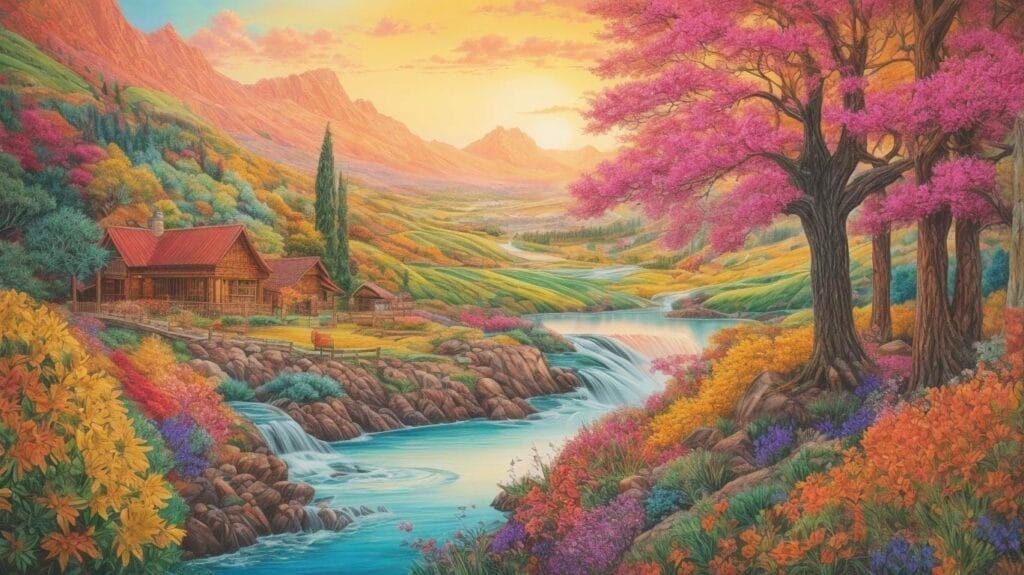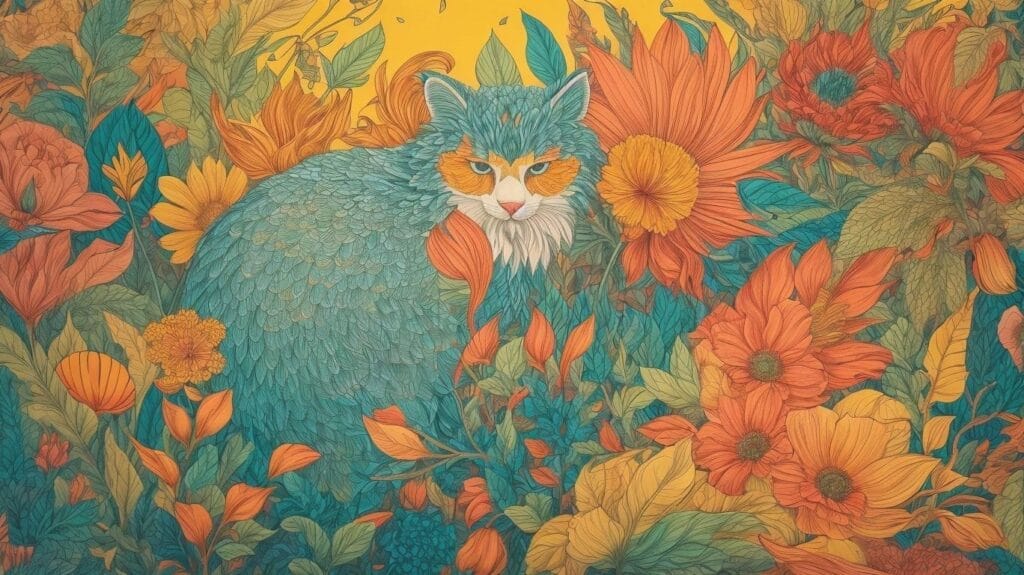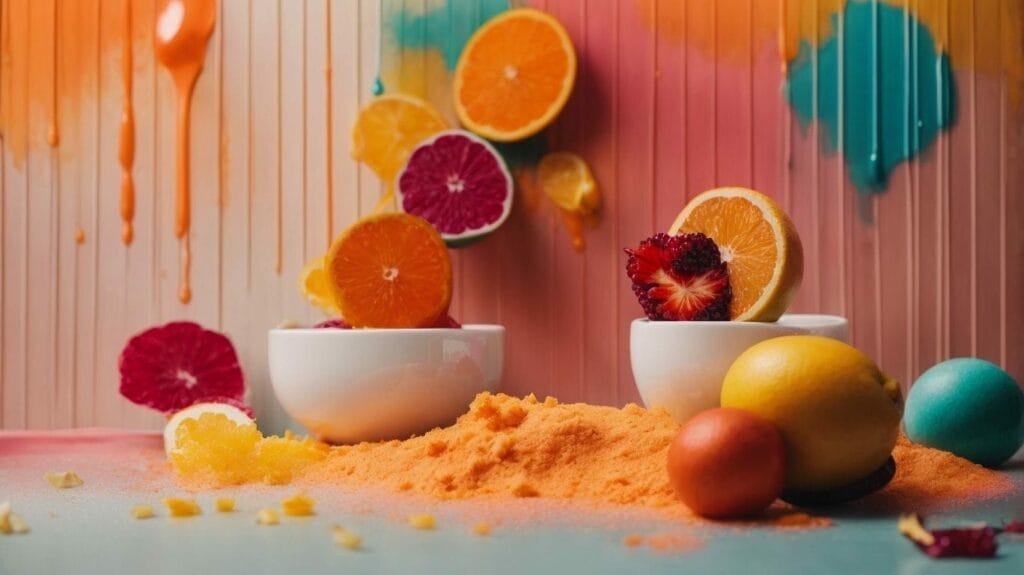Coloring in a coloring book is not just an activity for children; it has gained popularity among adults as a therapeutic and creative outlet. Coloring can provide numerous benefits for individuals of all ages. It promotes relaxation, reduces stress and anxiety, enhances focus and concentration, and stimulates the brain’s creative centers. It allows you to unleash your imagination and express yourself artistically.
Choosing the right coloring tools is important to start coloring in a coloring book. Various options include colored pencils, markers, gel pens, and watercolor paints. For beginners, colored pencils are often recommended for their ease of use and versatility. They allow for precise control and easy blending of colors.
Before you begin coloring, it’s helpful to prepare your coloring book. This involves removing the pages from the book, which allows for easier coloring and prevents colors from bleeding through onto other pages. You can then choose your first page to color, whether it’s a design that resonates with you or simply one that you find appealing.
As you delve into coloring, you can explore various coloring techniques to bring your designs to life. This includes blending colors to create smooth transitions, layering colors for depth and vibrancy, adding shading and highlights to add dimension, and creating textures to add interest and complexity.
There are also different coloring styles you can experiment with, such as doodling and Zentangle, which incorporate intricate patterns and designs. You can also explore watercolor techniques and wet-on-wet blending for a unique and vibrant effect. Choosing between colored pencils and markers depends on your desired coloring style, as both have distinct qualities and results.
To make your coloring experience more relaxing, creating a comfortable workspace and setting the mood is important. You can listen to soothing music or audiobooks while coloring to enhance relaxation and focus. Coloring can also be a mindfulness exercise, allowing you to fully immerse yourself in the present moment and find tranquility.
For those looking to advance their coloring skills, there are more advanced techniques to explore. This includes coloring with backgrounds and patterns, creating depth and dimension in your designs, adding highlights and shadows to make them more realistic, and even incorporating mixed media elements like glitter or stickers.
Whether you’re a beginner or an experienced colorist, coloring in a coloring book offers a delightful and therapeutic way to relax, ignite your creativity, and produce beautiful works of art.
Key takeaway:
- Choose the right coloring tools: Consider different types of coloring tools available, such as colored pencils, markers, and watercolors, and choose the ones that suit your preferences and expertise.
- Prepare your coloring book: Remove the pages you want to color and choose your first page wisely. Consider the theme, complexity, and mood to enhance your coloring experience.
- Explore advanced coloring techniques: Once you have mastered the basics, you can experiment with techniques like background patterns, creating depth and dimension, adding highlights and shadows, and using mixed media to take your coloring skills to the next level.
The Benefits of Coloring

Photo Credits: Loststorystudios.Com by Kevin Wright
- The benefits of coloring go beyond a simple recreational activity. It can positively impact mental health, stress reduction, and creativity.
- Stress Relief: Coloring provides a calming effect, relaxing your mind and reducing anxiety.
- Mental Focus: It improves concentration and attention to detail, enhancing cognitive skills.
- Self-Expression: Coloring helps express emotions and encourages self-discovery.
- Creative Outlet: It stimulates imagination, promoting problem-solving and original thinking.
- Therapeutic Effects: Coloring can be a form of art therapy, aiding in emotional healing and self-reflection.
So grab your coloring book and colored pencils, and let your creativity flow!
Choosing the Right Coloring Tools
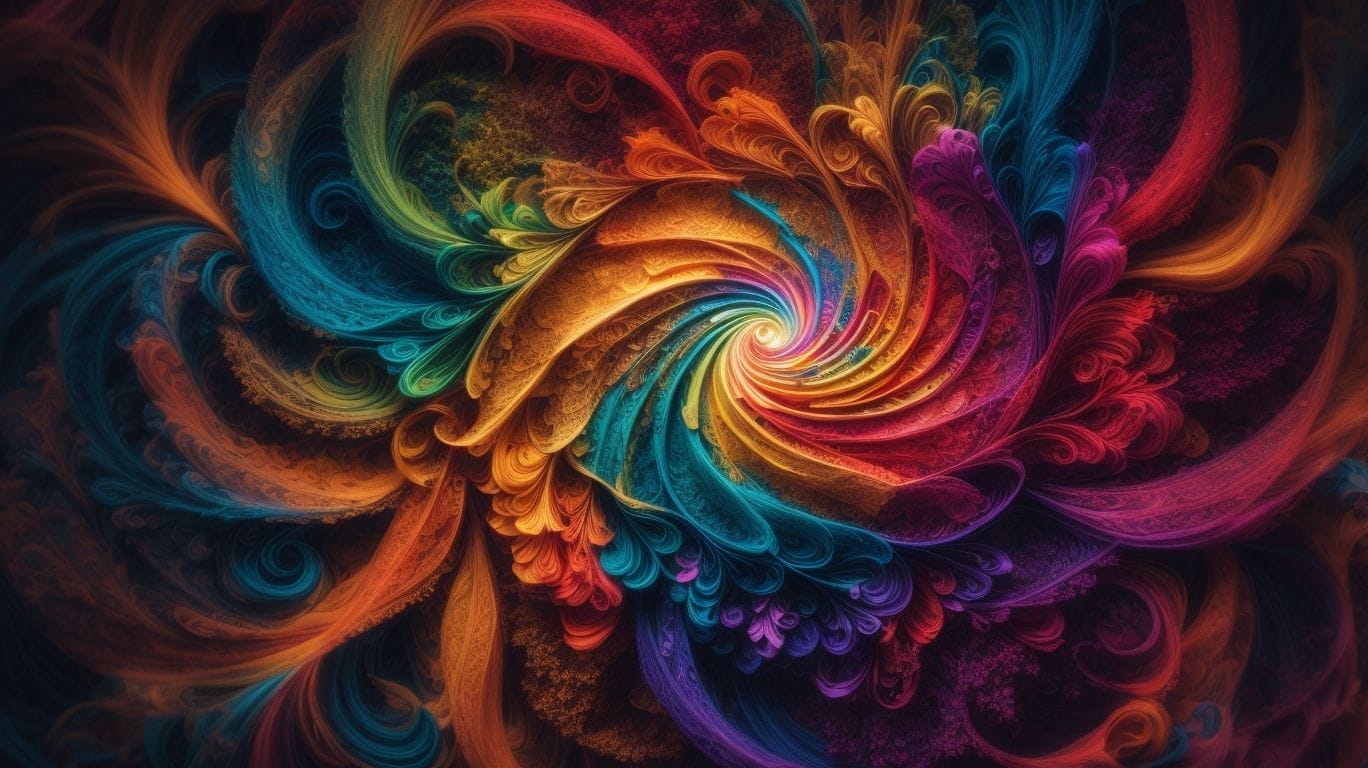
Photo Credits: Loststorystudios.Com by Brian Harris
When it comes to a great coloring experience, choosing the right coloring tools is essential. There are several factors to consider when selecting your tools:
- For precision and control, it’s best to choose colored pencils.
- If you want vibrant and bold colors, opt for markers.
- Crayons are ideal for achieving a smoother and softer coloring effect.
- If you’re looking for a unique and translucent look, it’s worth experimenting with watercolors.
- To add shimmer and metallic effects, try using gel pens.
What Types of Coloring Tools Are Available?
When choosing coloring tools, various options are available to suit different artistic styles and preferences.
| Colored Pencils | Markers | Gel Pens | Watercolor Paints |
| Colored pencils are versatile and allow for precise and detailed coloring. | Markers provide vibrant and bold colors, perfect for larger areas and gradients. | Gel pens offer a smooth and opaque finish, ideal for adding intricate details and textures. | Watercolor paints create beautiful washes of color and can be used to achieve soft, blended effects. |
Other coloring tools include pastels, crayons, and even digital coloring apps. So, what types of coloring tools are available? The choice of coloring tools ultimately depends on personal preference, desired effects, and the type of coloring book used.
Which Coloring Tools Are Best for Beginners?
- If you’re wondering which coloring tools are best for beginners, choosing tools that will provide a satisfying coloring experience is important.
- Colored pencils are a great option for beginners as they are easy to control and blend. They allow for precise coloring and layering.
- Gel pens are another recommended tool for beginners. Their smooth ink flow and vibrant colors make them perfect for adding details and highlights.
- Washable markers are user-friendly for larger areas and provide bold, bright colors.
- Watercolor pencils offer versatility, allowing you to use them dry or wet for a watercolor effect. They are also forgiving for beginners.
- Classic crayons are a popular choice for beginners of all ages due to their ease of use.
When I began my coloring journey, I decided to start with colored pencils as my primary tool. Their soft lead made blending effortless and gave me control over the colors. As I gained experience, I gradually explored other coloring tools and techniques, which expanded my creativity and enhanced my coloring skills. It made a difference in my coloring journey to start with the right tools.
Before you start coloring, remember to remove the pages unless you want your cat to have a fancy new hairstyle.
Preparing Your Coloring Book

Photo Credits: Loststorystudios.Com by William Perez
Preparing Your Coloring Book is all about setting the stage for a delightful coloring experience. We’ll remove the pages easily and select that perfect first page to ignite your creativity. Get ready to embark on a colorful journey that allows you to unwind, express yourself, and bring vibrant life to the pages of your coloring book. Let’s explore the steps that will make your coloring adventure truly enjoyable.
Removing the Pages
To remove the pages from your coloring book and safely separate them, follow these steps:
- Gently flip through the book and locate the page you want to remove.
- Hold the coloring book with one hand and use the other to carefully tear the page along the perforated edge if the book has one.
- If the book doesn’t have perforated edges, use scissors to cut along the edge of the page carefully.
- Once the page is free, set it aside or color it on a flat surface.
Remember to be mindful and cautious when removing the pages to avoid accidentally damaging other pages or tearing the illustrations.
Choosing Your First Page
When choosing your first page to color in a coloring book, it’s important to consider your preferences, skill level, and desired experience. Here are some factors to consider:
- Theme: It’s best to choose a page that aligns with your interests, such as animals, nature, or mandalas.
- Complexity: If you’re a beginner, starting with simpler designs is recommended to build confidence and develop coloring techniques.
- Size: Select a page that suits your preferred coloring tools and allows for intricate coloring or broader strokes.
- Colors: Take some time to decide whether you want a page with a specific color scheme or one that allows for more creativity and experimentation.
- Mood: Pick a page that reflects the mood you want to evoke, whether it’s calming, vibrant, or whimsical.
Remember, choosing a page you feel excited about and enjoy coloring is the most important thing. Have fun, and let your creativity flow!
Coloring Techniques
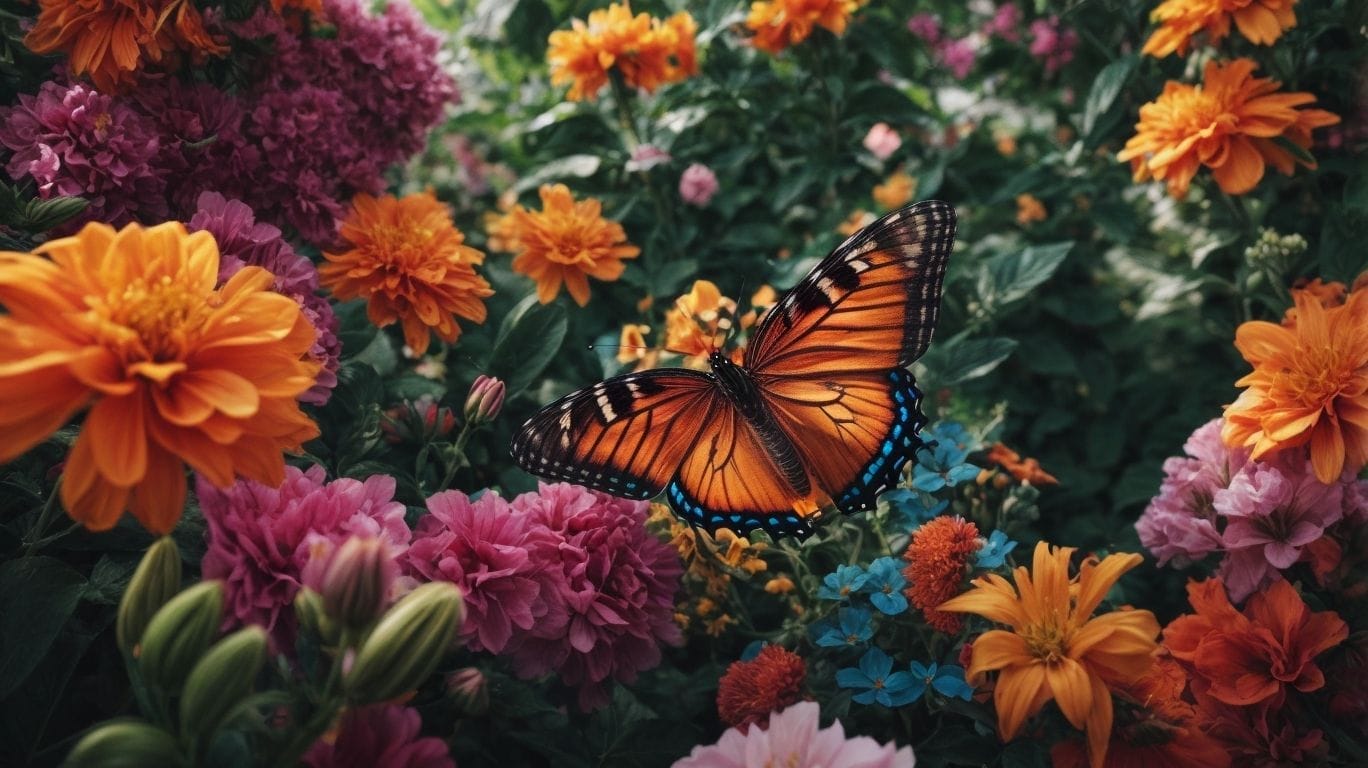
Photo Credits: Loststorystudios.Com by Peter Rodriguez
Discover the world of coloring techniques! From doodling and zentangle to watercolor and wet-on-wet technique and the debate between colored pencils and markers, this section is about unleashing your creativity on the pages of a coloring book. With unique tips, tricks, and innovative approaches, you’ll learn how to transform black-and-white outlines into vibrant masterpieces. So grab your coloring tools and dive into the exciting world of coloring techniques!
Doodling and Zentangle
- Doodling and Zentangle are popular forms of artistic expression that can enhance your coloring experience.
- Doodling: Add whimsical patterns, lines, and shapes to your coloring pages to make them unique and personalized.
- Zentangle: Create intricate, repetitive patterns that can help you relax and focus.
These techniques of doodling and Zentangle allow you to unleash your creativity and add your artistic flair to coloring books. By incorporating doodling and Zentangle into your coloring routine, you can take your coloring to the next level and create beautiful, one-of-a-kind pieces.
True story: A friend of mine started adding doodles to her coloring pages and found it therapeutic and calming. She discovered that doodling and Zentangle helped her unwind and relieve stress while adding a personal touch to her coloring book.
Watercolor and Wet-on-Wet Technique
- The watercolor and wet-on-wet technique, also known as the “Watercolor and Wet-on-Wet Technique,” is a popular method for coloring in coloring books. You can achieve beautiful and vibrant results using the Watercolor and Wet-on-Wet Technique.
- When using the Watercolor and Wet-on-Wet Technique, starting with high-quality paints and brushes is crucial to ensure the best results.
- When employing the Watercolor and Wet-on-Wet Technique, practicing your brush control is essential for managing the flow of watercolor on paper.
- To achieve a soft and blended look when using the Watercolor and Wet-on-Wet Technique, consider pre-wetting the paper with clean water before applying the watercolor paint.
- Experimentation is vital in enhancing your coloring experience with watercolor and wet-on-wet techniques. Try different color combinations and layering techniques to add depth and dimension to your coloring.
- To avoid smudging or bleeding, allow each layer of watercolor to dry before adding more color when using the Watercolor and Wet-on-Wet Technique.
Don’t be afraid to make mistakes; have fun with your watercolor and wet-on-wet technique. With practice and experimentation, you can create stunning and unique coloring pages using the Watercolor and Wet-on-Wet Technique. So grab your watercolor paints, brushes, and coloring book, and let your creativity flow!
Have you colored pencils or markers? It is the eternal struggle of every coloring enthusiast, like choosing between broccoli and cake.
Colored Pencils vs. Markers
When it comes to deciding between colored pencils and markers for coloring, it’s essential to take into account various factors based on personal preferences and desired outcomes.
- Control and Precision: Colored pencils provide more control, enabling you to achieve fine details and intricate designs. On the other hand, markers offer broader strokes and vibrant color saturation.
- Layering and Blending: To create smooth transitions and realistic textures, colored pencils are the way to go. They are perfect for layering and blending colors. However, markers may have limitations when it comes to achieving similar effects.
- Color Variety: Typically, markers offer a wider range of bold and vibrant colors. In contrast, colored pencils provide a larger selection of subtle and nuanced shades.
- Technique: Colored pencils are suitable for shading, adding highlights, and creating intricate patterns. On the other hand, markers excel at bold and vibrant coloring and are great for covering larger areas quickly.
- Portability: If you value portability, markers are more convenient for travel. They have a compact size and don’t require sharpening. Conversely, colored pencils may need a pencil sharpener and proper storage for their delicate tips.
Pro-tip: To maximize the benefits of both mediums and achieve unique effects in your coloring projects, try experimenting with combining colored pencils and markers.
Tips for a Relaxing Coloring Experience

Photo Credits: Loststorystudios.Com by Samuel Flores
Are you looking to enhance your coloring experience? In this section, we’ll dive into some tips that can help create a relaxing and enjoyable coloring session. Discover how choosing a comfortable workspace, pairing your coloring with soothing music or audiobooks, and even using coloring as a mindfulness exercise can take your coloring endeavors to a whole new level. So sit back, grab your coloring book, and get ready to immerse yourself in a calming world of colors and creativity.
Choosing a Comfortable Workspace
Creating a comfortable workspace is crucial when it comes to choosing a comfortable workspace. It is essential for a relaxing and enjoyable coloring experience. Here are some tips to keep in mind:
- When selecting a well-lit area for your workspace, consider natural or good lighting. This is important to prevent eye strain and accurately see the colors of your artwork.
- Another important aspect is choosing a comfortable seating arrangement. Opt for a chair with proper back and arm support. This will help maintain a good posture and prevent any discomfort or strain.
- One of the key factors in creating a comfortable workspace is organizing your supplies. All your coloring tools and materials must be within easy reach. This way, you can avoid interruptions and maintain focus throughout the coloring process.
- In addition, it is important to keep your workspace clutter-free. A clean and organized workspace promotes a calm and stress-free environment for coloring. This will enable you to immerse yourself in the coloring experience fully.
Fun fact: Research reveals that a workspace that is comfortable and organized can have a positive impact on creativity and productivity. So, investing time and effort in creating a comfortable workspace is worthwhile.
Shift into relaxation mode as you color away, accompanied by soothing tunes or captivating audiobook stories.
Listening to Soothing Music or Audiobooks
You are listening to soothing music or audiobooks while coloring can amplify the relaxing experience and establish a serene atmosphere. The fusion of engaging in creative activity and immersing oneself in calming sounds can help alleviate stress and foster a feeling of tranquility. Here are some advantages of integrating music or audiobooks into your coloring routine:
- Enhances Focus: Engaging in pleasant music or an immersive audiobook can divert your attention from distractions and enhance your focus on coloring.
- Boosts Mood: Upbeat music or cheerful audiobooks can uplift your spirits and create a positive ambiance while you indulge in coloring.
- Reduces Anxiety: Soothing melodies or narrations can have a calming effect, relaxing and reducing anxiety.
- Inspires Creativity: Combining music or audiobooks with coloring can ignite your imagination and inspire innovative ideas.
- Escapes Reality: Relaxing music or captivating audiobooks can transport you to a different world, momentarily helping you escape everyday worries and unwind.
Studies have revealed that music therapy has been utilized for thousands of years to promote well-being and healing. Ancient civilizations, such as the Egyptians and Greeks, acknowledged the influential role of music in enhancing emotional states and promoting relaxation. Similarly, audiobooks have been a beloved form of entertainment and education for centuries, providing both relaxation and mental stimulation. Combining these timeless practices with the soothing activity of coloring can create a harmonious and enjoyable experience.
Using Coloring as a Mindfulness Exercise
Using coloring as a mindfulness exercise can help reduce stress and promote a sense of calm and relaxation. Here are some steps to incorporate coloring into your mindfulness practice:
- Select a coloring book or printable pages that appeal to you.
- Find a quiet and comfortable space to color, free from distractions.
- Set an intention for your coloring session, such as focusing on the present moment or cultivating gratitude.
- Take deep breaths and begin coloring, fully immersing yourself in the activity.
- Pay attention to the colors and shapes as you color, noticing the sensations and thoughts that arise.
- Stay engaged, using slow and deliberate movements to color each section.
- Let go of judgment and perfectionism, embracing the joy of creativity and self-expression.
- Continue coloring as long as you feel relaxed and present, gradually transitioning back to your daily activities.
Incorporating coloring as a mindfulness exercise can enhance your overall well-being and help you find moments of peace and tranquility in your day.
Ready to take your coloring skills to the next level? Let’s dive into the world of advanced techniques and unleash your inner coloring wizard!
Exploring Advanced Coloring Techniques
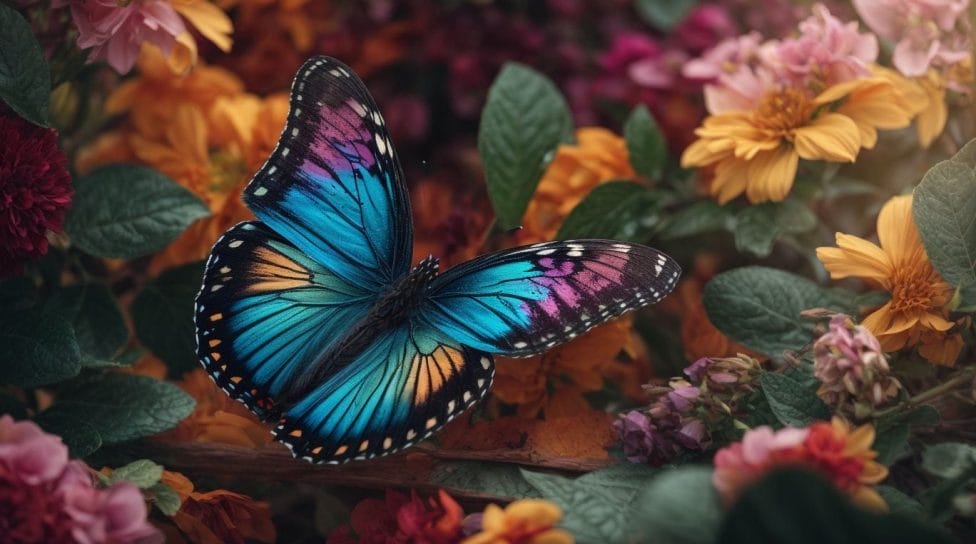
Photo Credits: Loststorystudios.Com by Arthur Lee
Unleash your creativity with advanced coloring techniques in this exciting section! From adding vibrant backgrounds and intricate patterns to create depth and dimension to mastering the art of adding highlights and shadows for a realistic touch. We’ll also explore mixed media and how combining different materials can elevate your coloring projects. Get ready to take your coloring skills to the next level and bring your artwork to life!
Coloring with Backgrounds and Patterns
Adding backgrounds and patterns can bring depth and visual interest to your coloring artwork. Here are some ideas to help you enhance your coloring experience with backgrounds and patterns:
One way to create a simple background is by coloring it solidly or using a gradient effect.
Add patterns like stripes, polka dots, or floral designs to create a dynamic backdrop.
Experiment with stippling, cross-hatching, or stencils to achieve unique patterns.
Consider using themed backgrounds and patterns that complement the subject you are coloring.
Pro-tip: If you want your background to stand out, use contrasting colors or colored pencils to add texture and shading to your patterns. Happy coloring!
Creating Depth and Dimension
- Elevate your artwork and make it more visually appealing by incorporating techniques that create depth and dimension.
- Layering Colors: Build up multiple layers of color to achieve depth and dimension in your artwork.
- Adding Highlights and Shadows: Use lighter and darker shades to create highlights and shadows and give your objects a three-dimensional look.
- Blending Colors: Smoothly blend different colors to create gradual transitions and add depth to your artwork.
- Using Different Coloring Styles: Explore techniques like cross-hatching, stippling, or scumbling to add texture and dimension to your coloring.
- Creating Depth with Backgrounds and Patterns: Incorporate backgrounds or intricate patterns to create a sense of depth and make your subject pop in your artwork.
- Using Mixed Media: Combine colored pencils, markers, or other art supplies to add variety and depth to your coloring pages.
By implementing these techniques, you can bring your coloring pages to life and create stunning artwork that showcases depth and dimension.
Illuminate your coloring world by adding highlights and shadows, turning your pages into a vibrant symphony of depth and dimension.
Adding Highlights and Shadows
To enhance the dimension and realism of your coloring, follow these steps to incorporate highlights and shadows:
- Select your light source: Determine the direction from which light is coming in your coloring page.
- Applying highlights: Utilize a lighter shade of the color you are currently using to add highlights to areas directly illuminated by the light.
- Adding shadows: Incorporate a darker shade of the color to create shadows in areas farther away from the light source.
- Blend: Gently blend the highlighted and shadowed areas with the base color to seamlessly transition.
Fact: The addition of highlights and shadows can introduce depth and dimension to your coloring, resulting in an artwork that is visually appealing and lifelike.
Using Mixed Media
Using mixed media in coloring enhances the coloring experience and allows for more creativity. Here is a step-by-step guide on how to incorporate mixed media in your coloring book:
- Select a combination of coloring tools such as colored pencils, markers, gel pens, watercolors, or acrylic paints for your coloring medium.
- Removing it from the coloring book ensures that the coloring page is suitable for using mixed media.
- Create a base for your artwork by starting with a light layer of colored pencils or markers.
- Add texture and depth to your coloring using mediums like watercolor washes or layering acrylic paints.
- Explore various techniques like blending colors with colored pencils and markers, using watercolor techniques, or incorporating collage elements.
- Add highlights and shadows using white gel pens or acrylic paints to bring your artwork to life.
- Protect your artwork from smudging or fading by allowing it to dry completely and applying a fixative spray or clear varnish.
You can use mixed media to elevate your coloring experience and create visually interesting and unique artwork.
Some Facts About How To Color In A Coloring Book:
- ✅ coloring is a popular activity among adults for relaxation and stress relief. (Source: “The Ultimate Guide to Adult Coloring”)
- ✅ The choice of coloring tools, such as colored pencils or markers, can greatly impact the outcome of a colored page. (Source: “The Ultimate Guide to Adult Coloring”)
- ✅ It is recommended to use high-quality paper when printing coloring pages to ensure a better coloring experience. (Source: “Adult Coloring: A Guide to Adult Coloring”)
- ✅ Adult coloring books have various themes and designs, catering to different preferences and interests. (Source: “The Ultimate Guide to Adult Coloring”)
- ✅ Exploring different coloring techniques, such as shading and blending, can enhance the overall look of a colored page. (Source: “The Ultimate Guide to Adult Coloring”)
